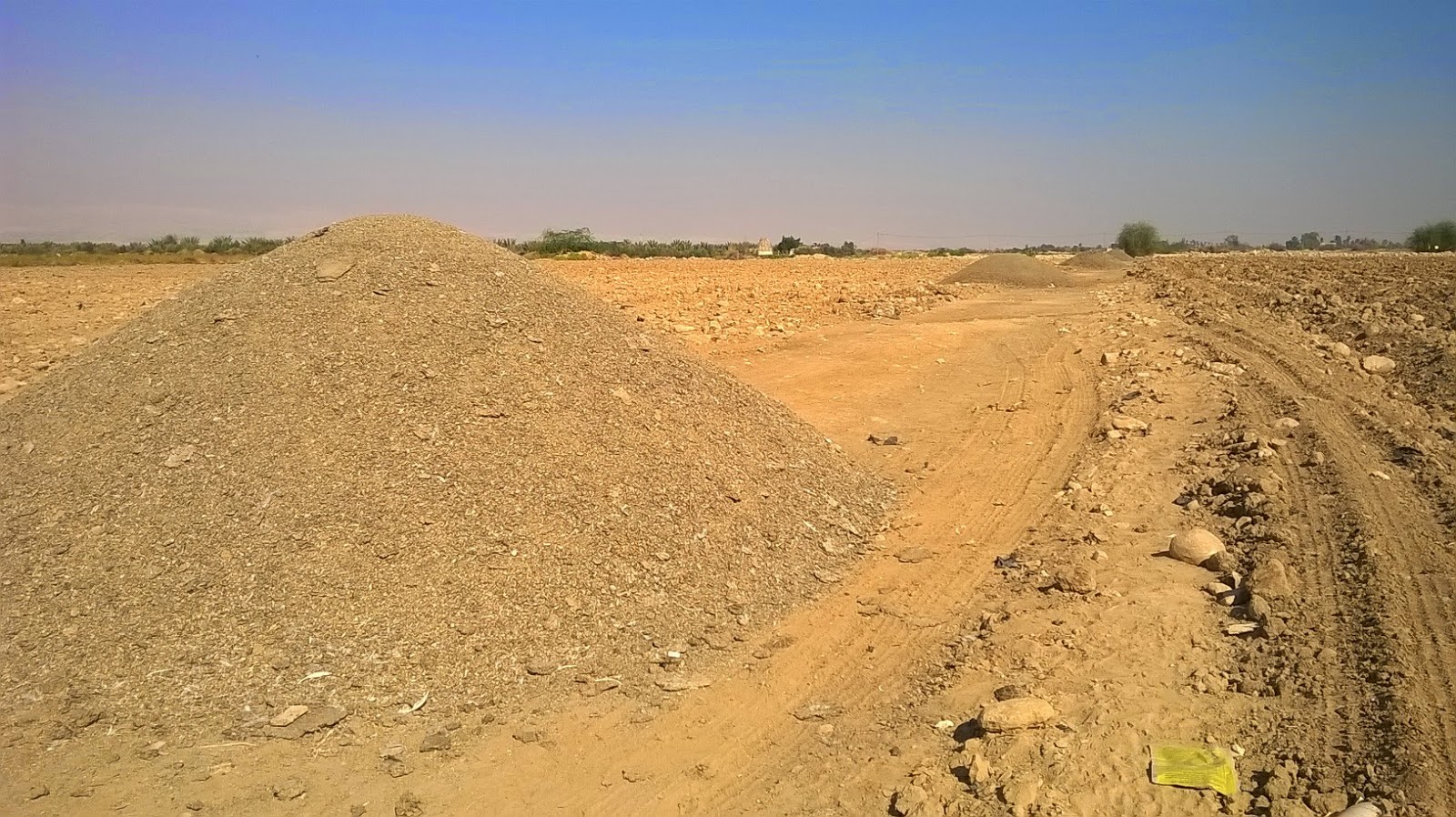We want to thank all of the farmers, community group leaders and civil servants who have come to the farm to welcome us and to offer their assistance. We have been advised, provided with discounted services and warmly welcomed by the South Shuna agricultural community over the last two months. To be honest, we could not have accomplished what we have accomplished without the support of our neighbors.
As an example, yesterday we were discussing our need for some higher quality early season water for planting (lower salinity water needed to establish a crop is very hard to acquire until winter because everyone needs all of the water that they can get in the heat of summer) and our neighbor said, "consider your problem taken care of, I will make a connection and fill your tank tomorrow" and he requested about half the going rate for that kind of water. This was a very significant act of generosity on his part.
The people around us seem genuinely interested in what we are doing and we often have visitors and groups of people who come by to introduce themselves and ask about our work. When they find out that we are farming some new crops and that the proceeds of our work go to shared community infrastructure projects, we see lots of smiles.
As an example, yesterday we were discussing our need for some higher quality early season water for planting (lower salinity water needed to establish a crop is very hard to acquire until winter because everyone needs all of the water that they can get in the heat of summer) and our neighbor said, "consider your problem taken care of, I will make a connection and fill your tank tomorrow" and he requested about half the going rate for that kind of water. This was a very significant act of generosity on his part.
The people around us seem genuinely interested in what we are doing and we often have visitors and groups of people who come by to introduce themselves and ask about our work. When they find out that we are farming some new crops and that the proceeds of our work go to shared community infrastructure projects, we see lots of smiles.







